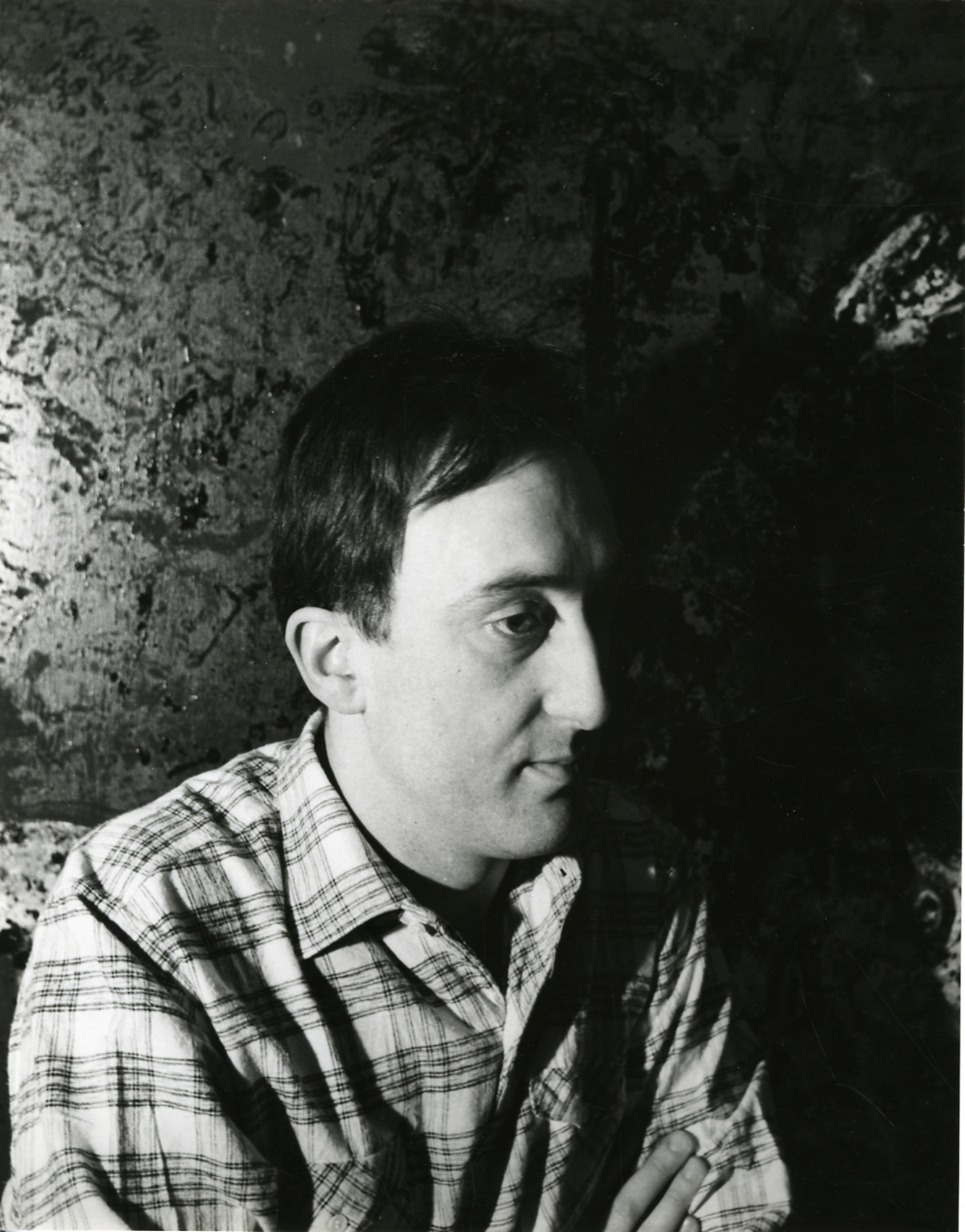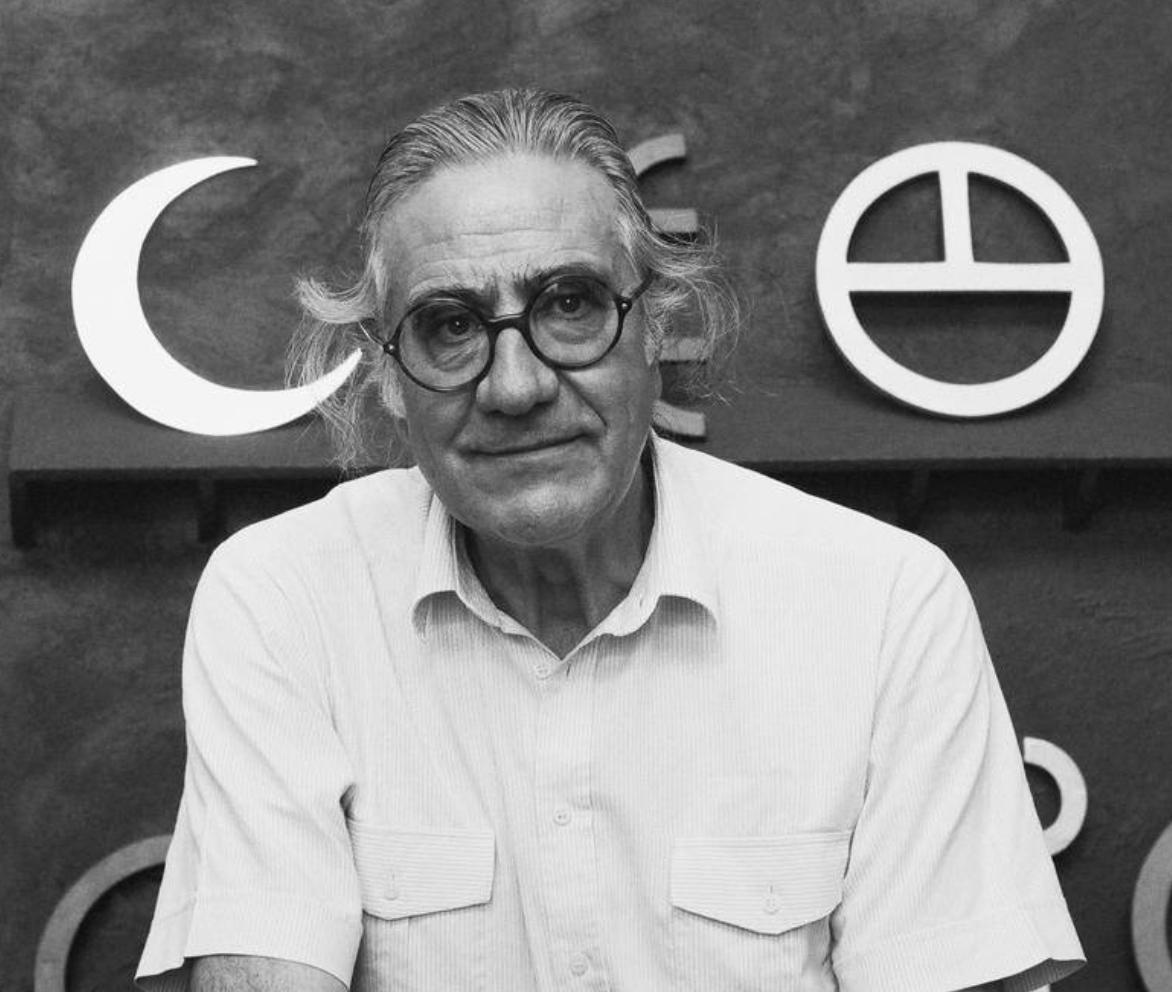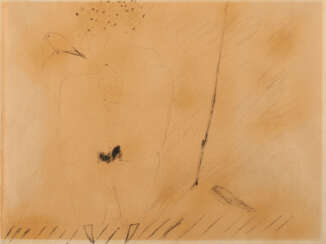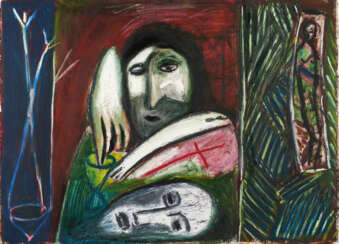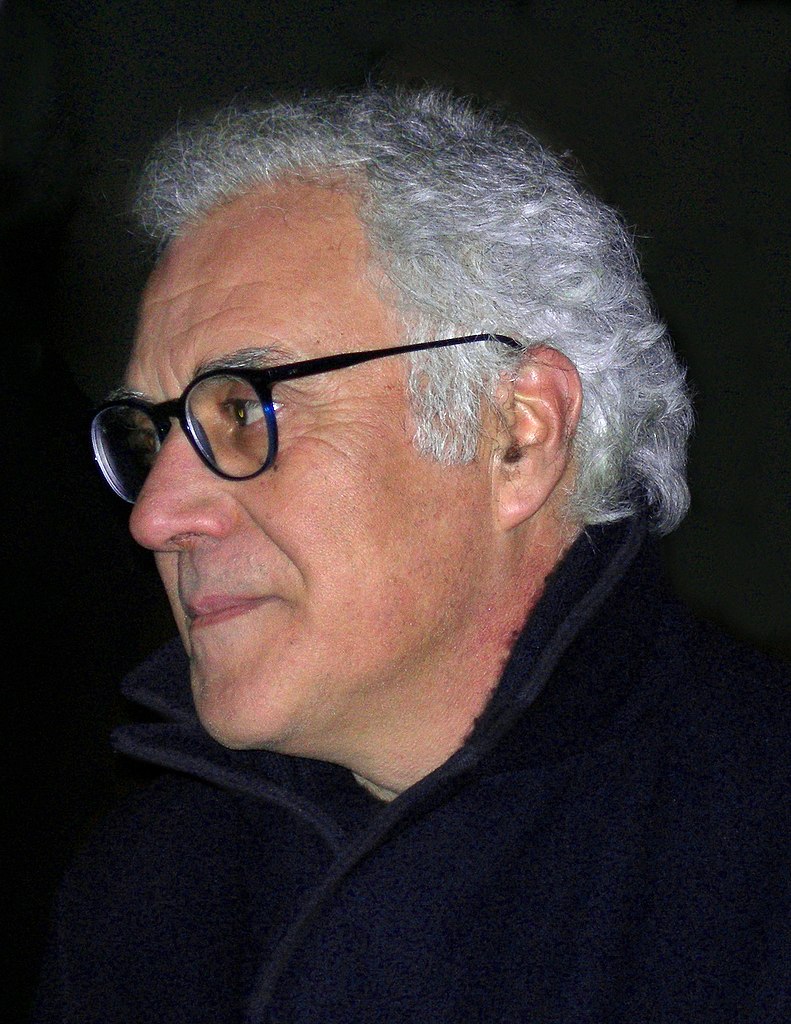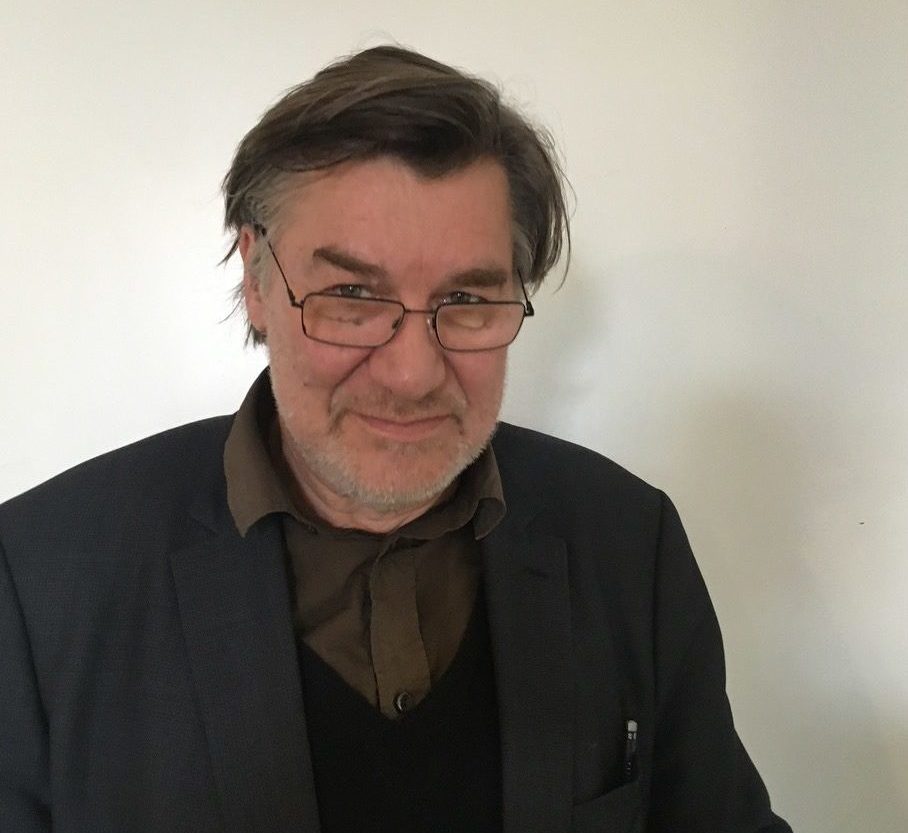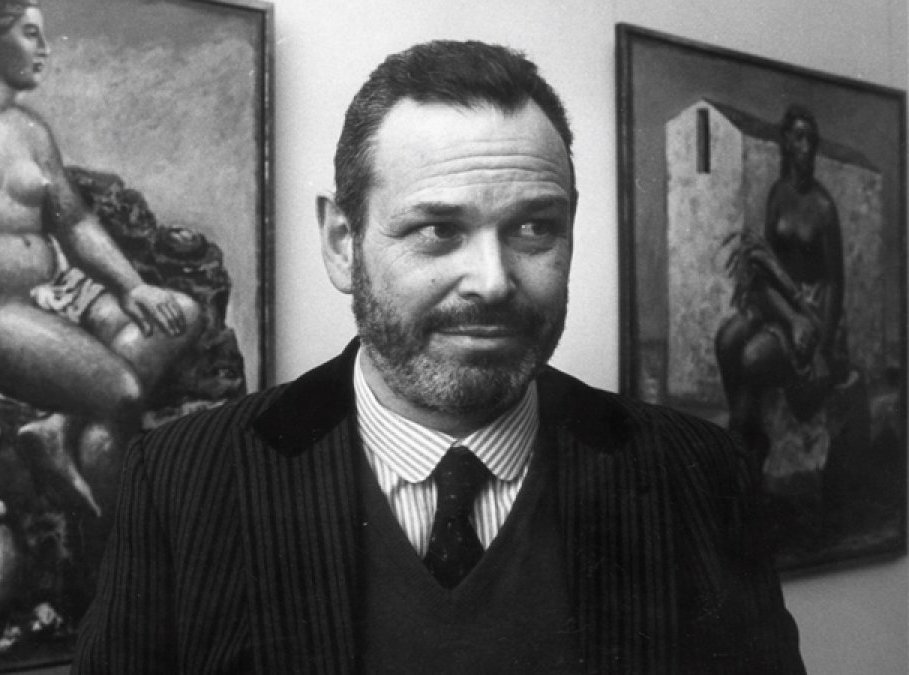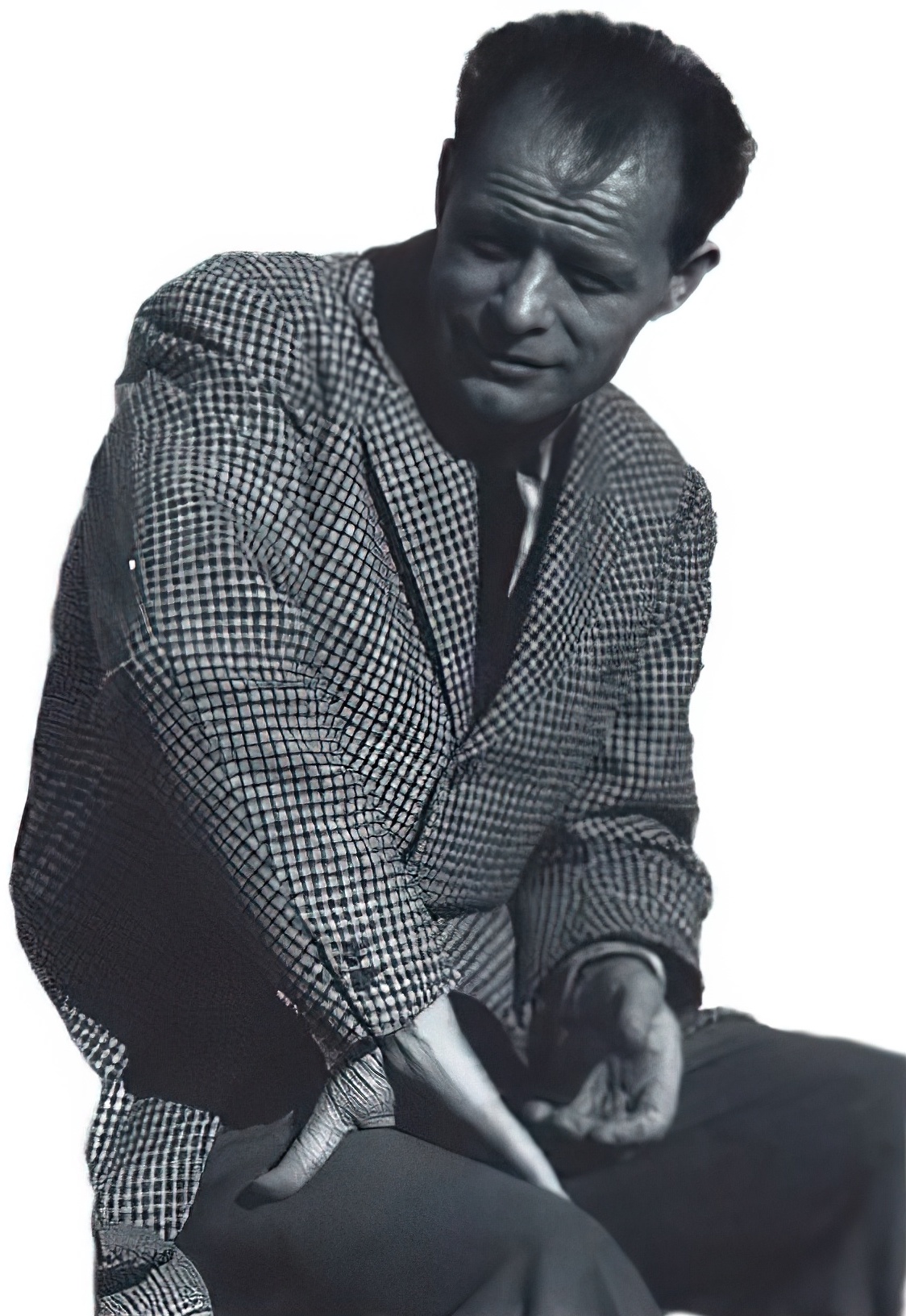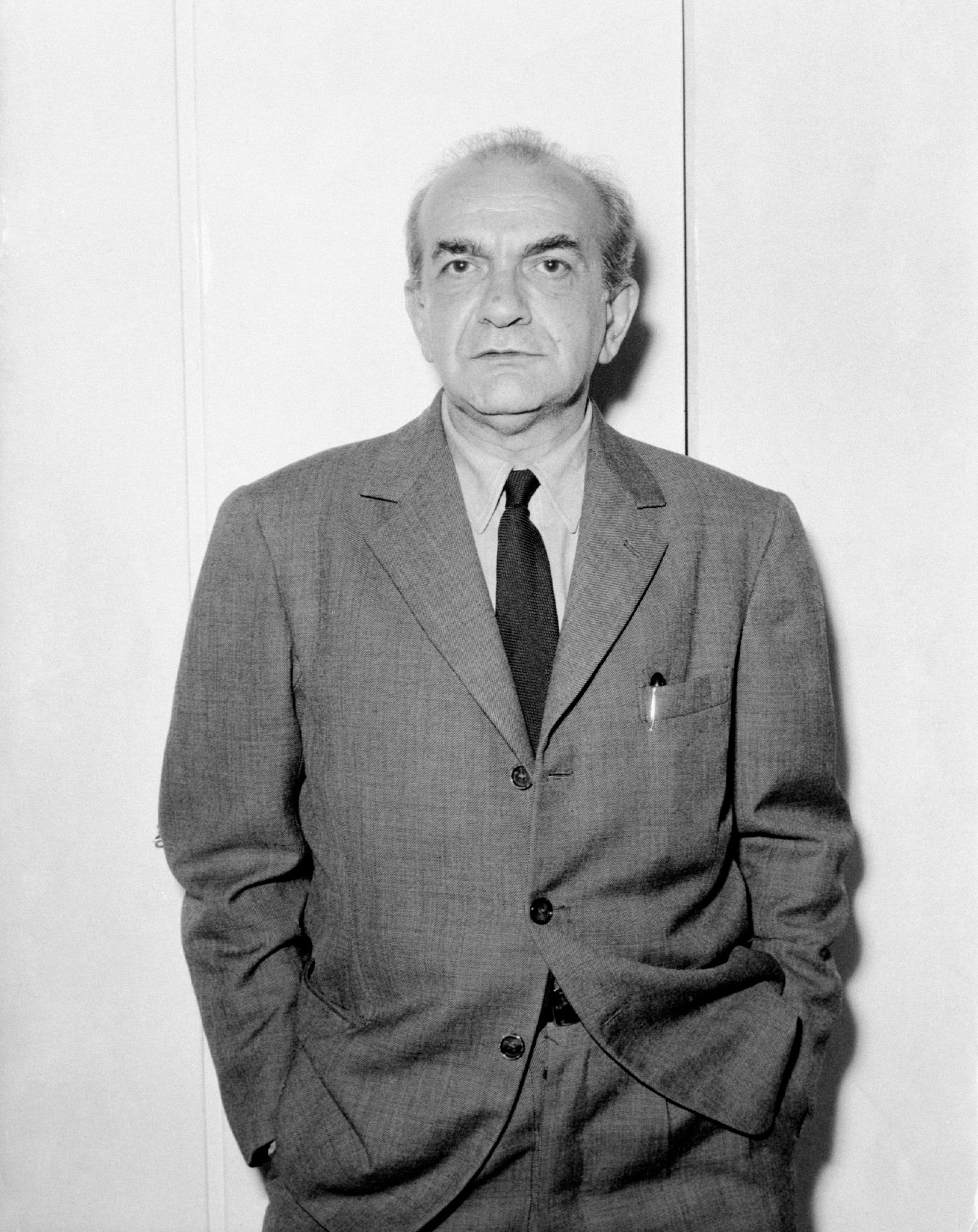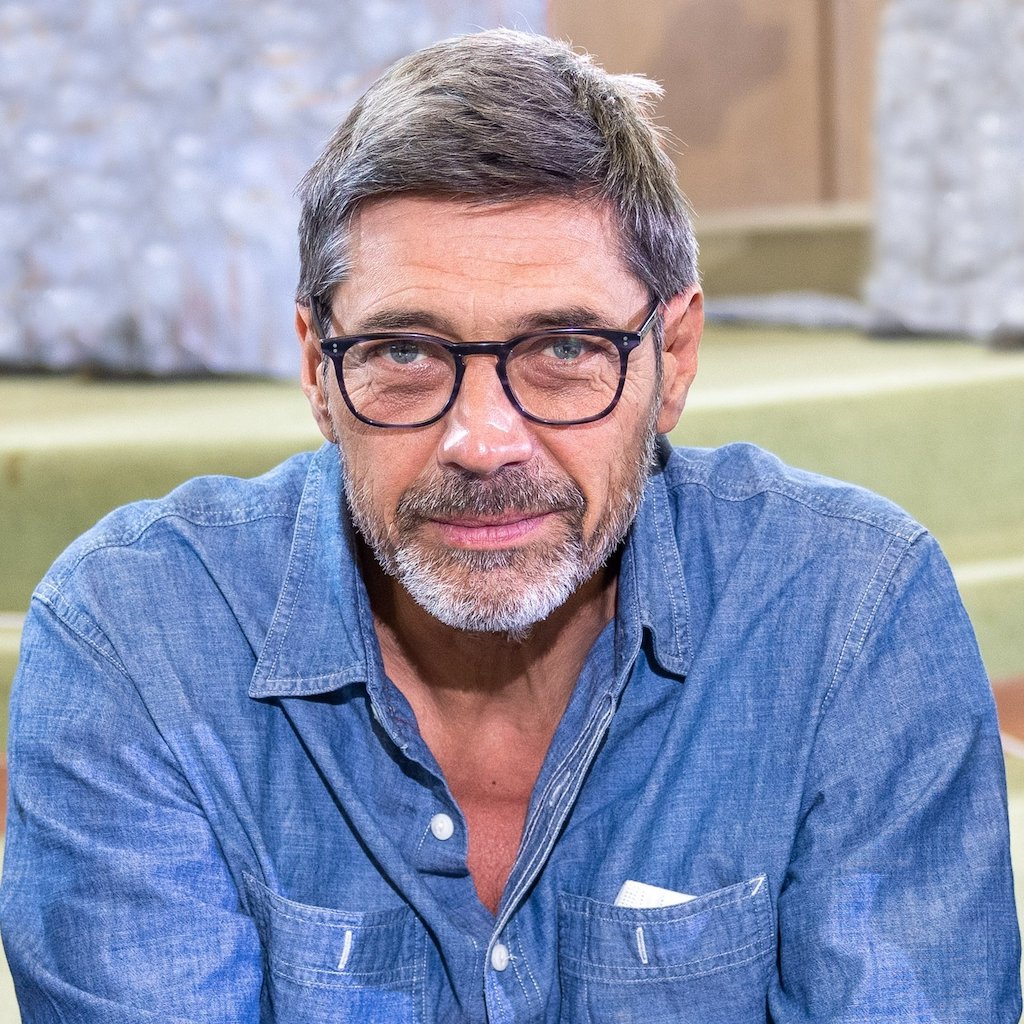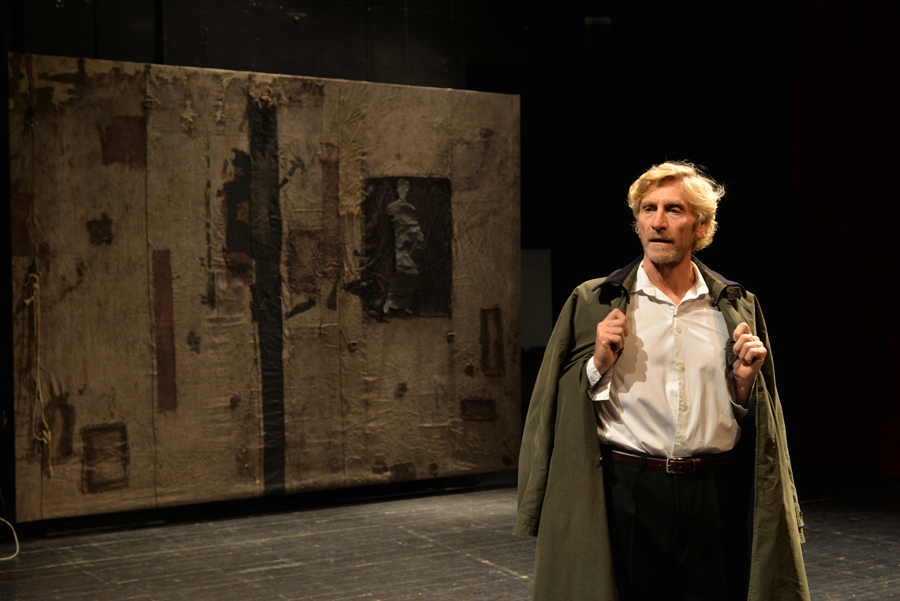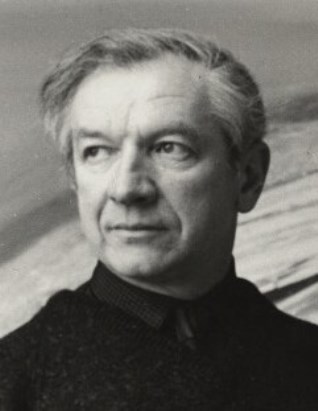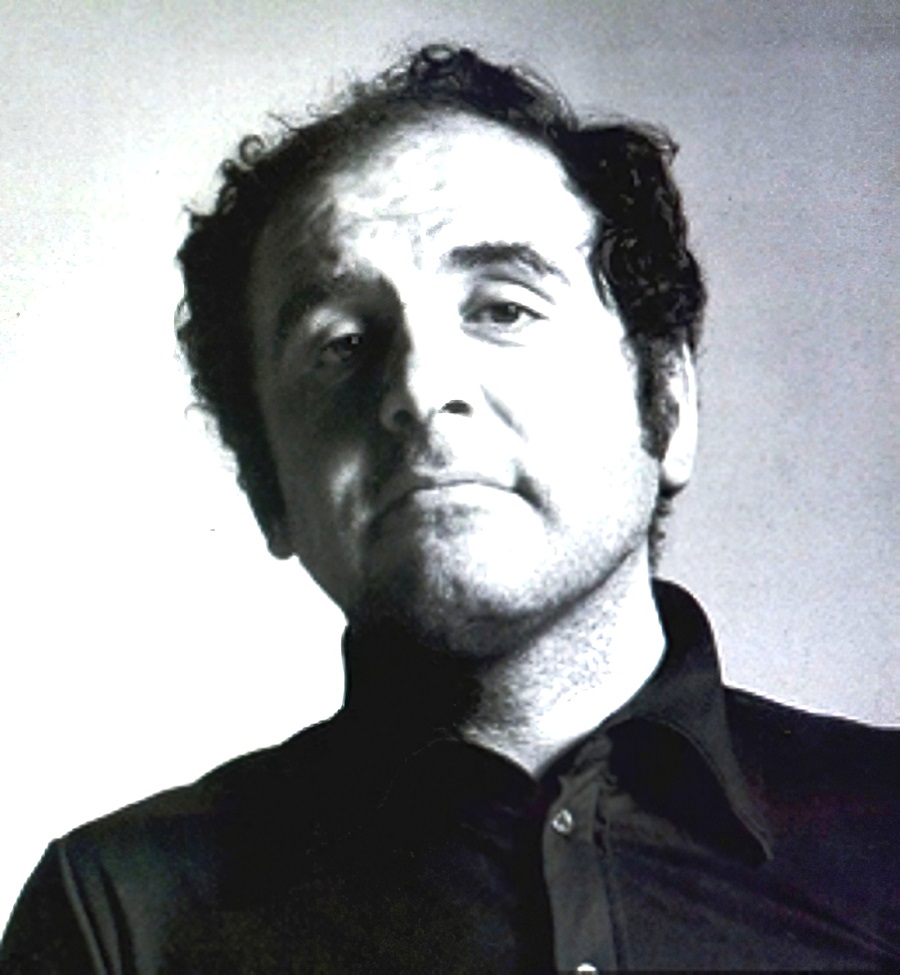
Modern and Contemporary Art: Session II
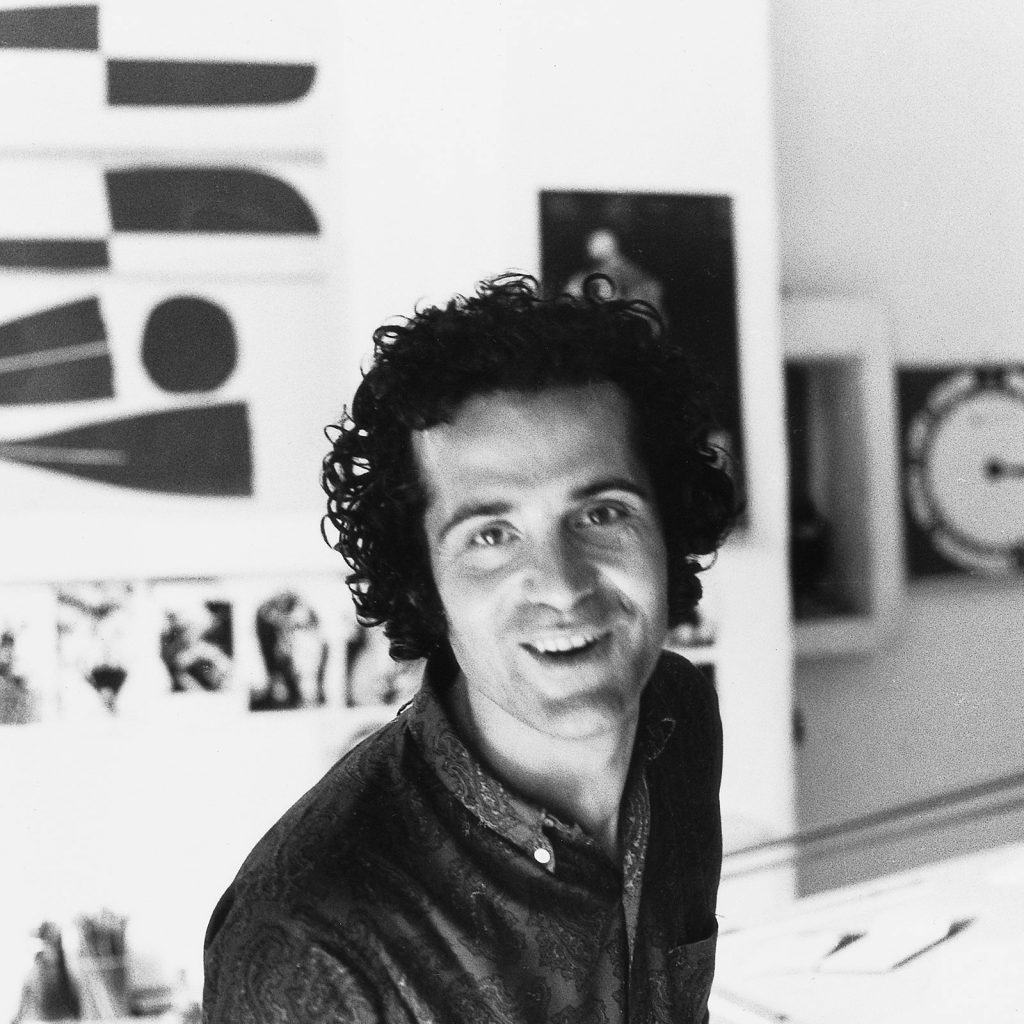
Pino Pascali is an Italian sculptor, conceptual artist, graphic designer and stage designer, one of the forerunners of the art povera style.
He studied scenography at the Academy of Art in Rome, then worked in television as a designer and cameraman, and at the same time experimented with different materials.
Pascali began to create colorful works influenced by pop art in different styles and media. He used old cans, plastic brushes, fake fur, colored water, hay, mud... One of Pascali's most impressive works is Bridge (1968), an eight-meter bridge made of steel sponges.

Pino Pascali is an Italian sculptor, conceptual artist, graphic designer and stage designer, one of the forerunners of the art povera style.
He studied scenography at the Academy of Art in Rome, then worked in television as a designer and cameraman, and at the same time experimented with different materials.
Pascali began to create colorful works influenced by pop art in different styles and media. He used old cans, plastic brushes, fake fur, colored water, hay, mud... One of Pascali's most impressive works is Bridge (1968), an eight-meter bridge made of steel sponges.
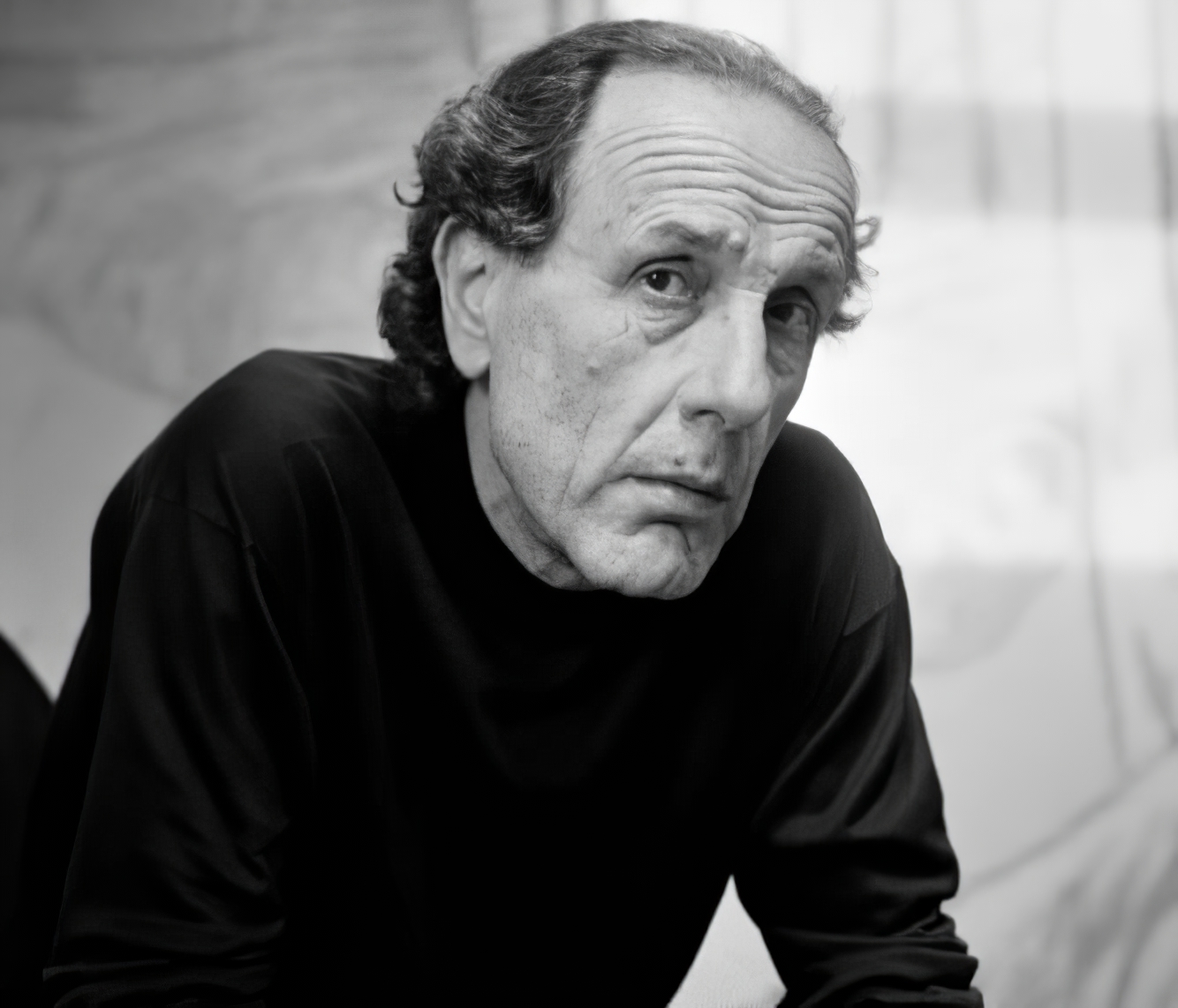
Enzo Cucchi is an Italian painter. He was a key member of the Italian Transavanguardia movement, along with his countrymen Francesco Clemente, Mimmo Paladino, Nicola De Maria, and Sandro Chia. The movement was at its peak during the 1980s and was part of the worldwide movement of Neo-Expressionist painters.
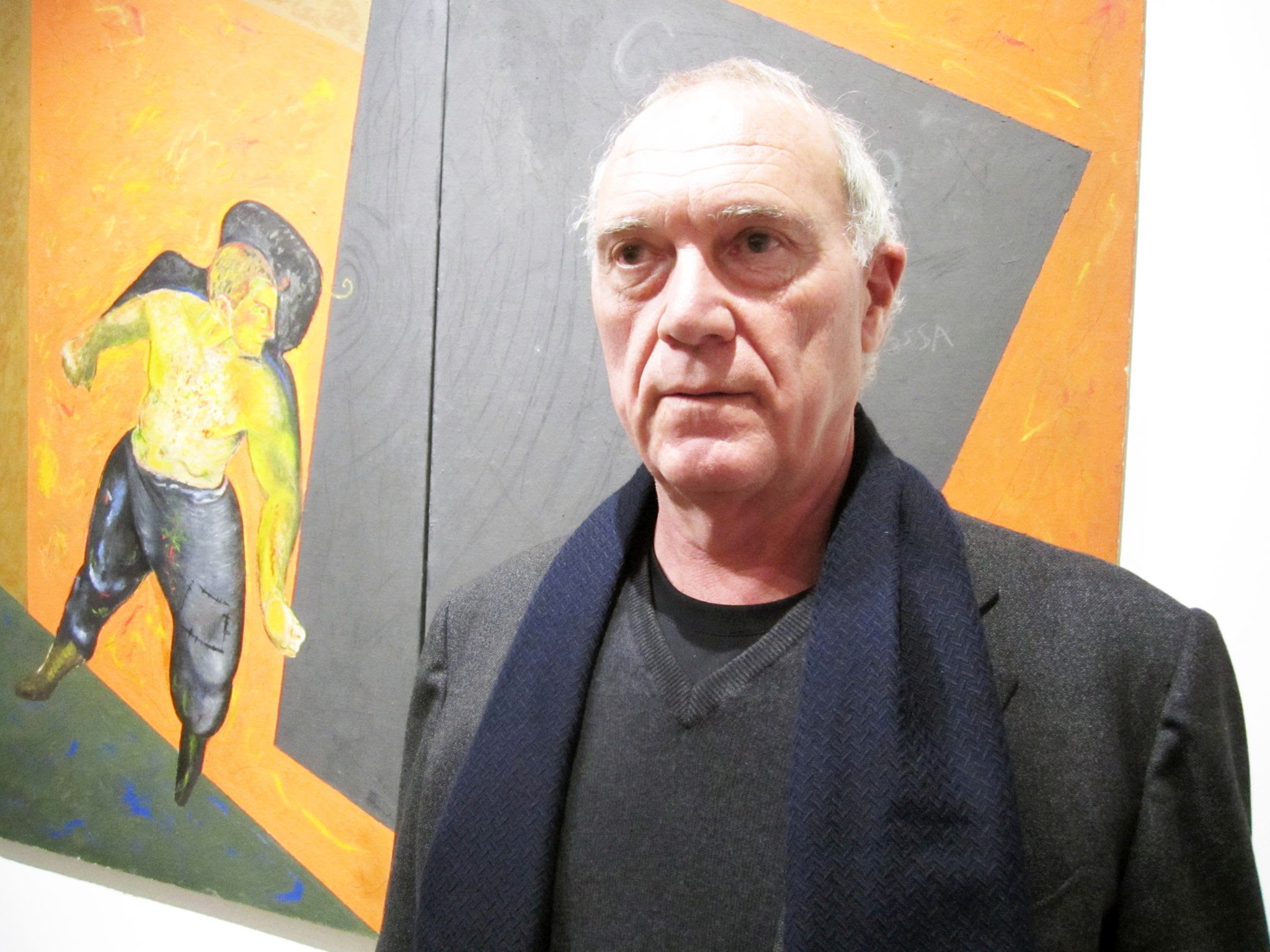
Sandro Chia is an Italian painter and sculptor. In the late 1970s and early 1980s he was, with Francesco Clemente, Enzo Cucchi, Nicola De Maria, and Mimmo Paladino, a principal member of the Italian Neo-Expressionist movement which was baptised Transavanguardia by Achille Bonito Oliva.

Ralf Winkler, alias A. R. Penck, was a German painter, printmaker, sculptor, and jazz drummer. A neo-expressionist, he became known for his visual style, reminiscent of the influence of primitive art.
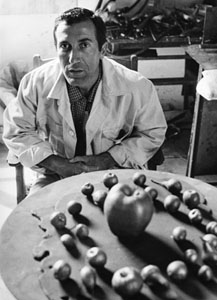
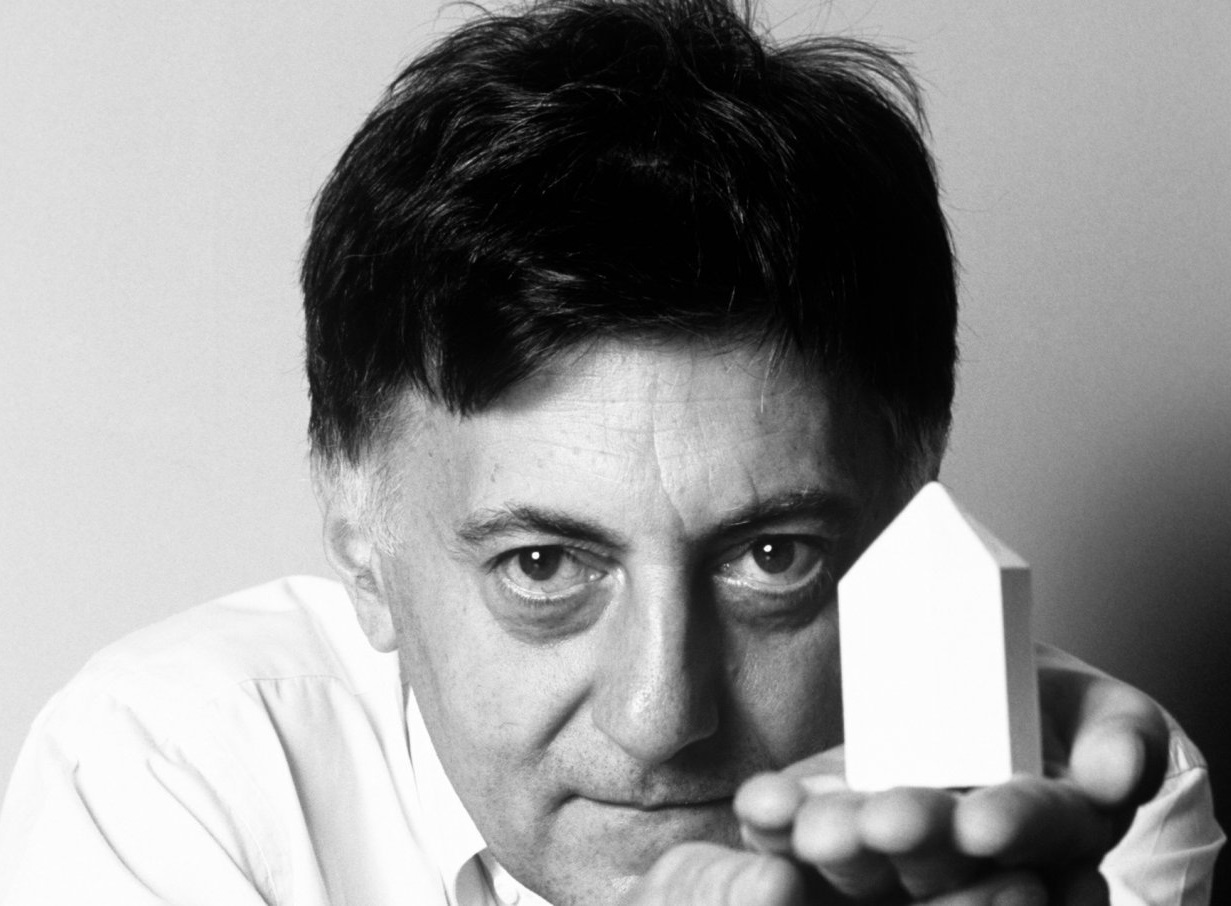
Aldo Rossi was an Italian architect renowned for his profound influence on architectural theory and design during the late 20th century. Born in Milan in 1931, Rossi developed a unique approach that combined elements of modernism, classicism, and surrealism, often reflecting the historical context of his projects with a poetic touch.
Rossi's architectural philosophy was characterized by a deep study of urban environments and the impact of historical forms on contemporary spaces. His theories were well-articulated in seminal works such as The Architecture of the City (1966), which remains influential in urban design and theory today. Rossi's emphasis on the importance of collective memory and urban artifacts in city planning was revolutionary, advocating for designs that resonate with the historical and cultural contexts of their locations.
Throughout his career, Rossi received numerous accolades, including the prestigious Pritzker Prize in 1990, making him the first Italian to receive this honor. His notable projects include the San Cataldo Cemetery in Modena, a masterpiece of modern cemetery design that is often regarded as a paradigm of Neo-Rationalist architecture, and the Bonnefanten Museum in Maastricht, which showcases his ability to blend historical reverence with modern design.
Aldo Rossi's work extended beyond architecture into product design, where he also left a significant mark with designs like the "La Cupola" espresso maker for Alessi, reflecting his architectural principles in small-scale products.
For collectors and experts in art and architecture, Rossi's works offer a deep dive into the evolution of postmodern architectural thought and its application in both grand and everyday scales. His legacy continues to inspire architects and designers around the world, underscoring his role as a pivotal figure in contemporary architecture.
For those interested in exploring Aldo Rossi's architectural philosophy or viewing his designs, consider signing up for updates on exhibitions and discussions featuring his work. This will ensure you remain informed about opportunities to engage with Rossi's enduring influence in the field of architecture.
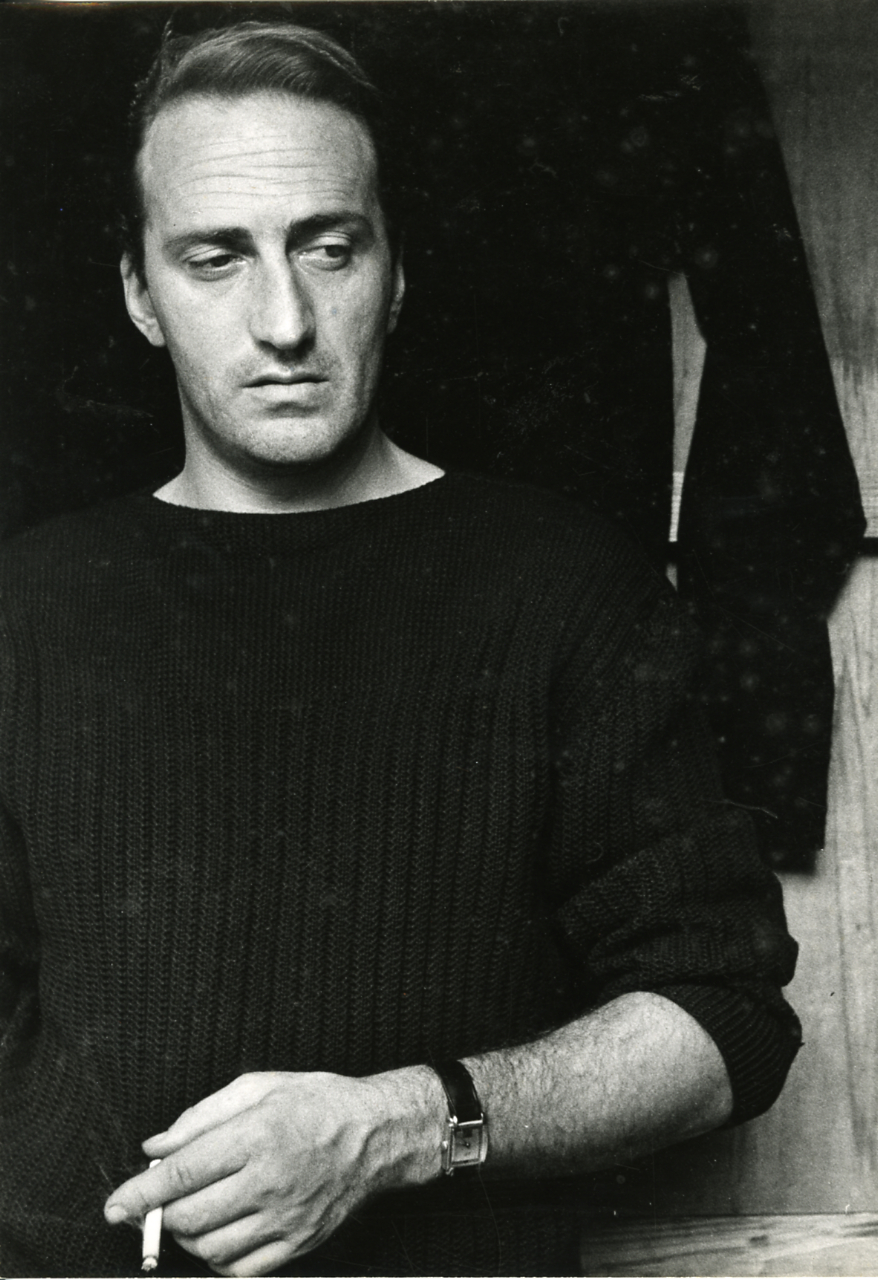
Roberto Crippa was an Italian painter and sculptor. He studied at the Brera Academy of Fine Arts in Milan, where he developed his artistic skills by exploring different styles and techniques.
Crippa's early work was influenced by Surrealism, with its dreamy and symbolic images. However, he soon moved away from figurative representation and began to use abstraction. His artistic style evolved into a unique combination of abstraction and geometric forms.
One of Crippa's notable contributions to art was his involvement in the Movimento Arte Concreta (Concrete Art) movement in Italy. This movement advocated non-representational art, emphasizing geometric forms, mathematical precision and a focus on the formal aspects of art. Krippa's work from this period demonstrates a fascination with grids, lines and geometric patterns.


